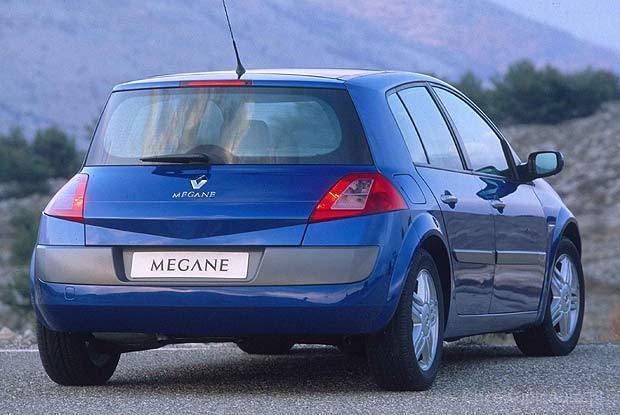C170/8200023529/112780131000 catalytic converters are used in the production of Renault cars, more precisely on models such as Renault Megane II, and Renault Scenic, in variants with 1.4 and 1.6 engines from 2004.


These catalysts have two separate ceramic inserts inside, which have different levels of palladium saturation, which can also be seen in their color. This is a characteristic feature of Renault’s “C” catalysts.
In addition to the occurrence of two planes, they are characterized by a considerable length, reaching about 70 cm, which is rather rare. Despite this size, the weight of the cartridge is 1.22 kg.
The Renault Megane is a passenger car from the lower middle class, sold by the French car manufacturer Renault from 1995 to the present. The first generation of the car was produced until 2002, when it was replaced by the title, but much more extravagant successor, which had nothing to do with the predecessor, except for the name. Production was discontinued in 2008.roku.

Megane is the successor to Renault 19, and its fourth generation is still in production. The name Megane comes from a study conducted by the company in 1988.
The five-door Renault Mégane (hatchback) appeared on the market in 1995 and the company also produced a Coupé with the name Coach (though it looked like a 3 – door hatchback, but in reality it is a coupe because the boot lid was opened without a rear window). The following year MPV Renault Megane Scénic (Scénic after facelift) appeared. In 1997, a classic sedan appeared, and Renault also began offering a coupe convertible. The range of models has undergone a facelift in 1999, and the range of body variants has been expanded to include Grandtour produced in Turkey.
Strengths
- original external appearance
- low prices of new and used cars (Megane will buy about 30% cheaper than the same old VW Golf with comparable equipment).
- highest safety (four stars of first-generation crash tests, full five-stars of the second generation)
- a number of technical “gadgets” (Megane was one of the first cars in his class that received keyless access with a card and button)
Weaknesses
- poor quality of on-board electronics
- lower resistance of some mechanical parts (wheel suspension, injection nozzles, etc.)
- less space for rear seats for the hatchback and coupé versions. The second generation was produced in 2002-2008 in versions 3 and 5-door hatchback, 4-door sedan, 5-door Grandtour car, and instead of the classic cabriolet, adopted a more modern variant coupe-cupboard with a metal panoramic roof, Mégane CC. Only the name was common to the previous generation, and the design was extremely extravagant. Mégane Trophy is a racing version developed by Renault Sport Technologies. The car is built on a tubular chassis. It is powered by a 3.5-liter V6 24 V engine and 320 HP. He comes from Vel Satis and Espace. He was prepared for European competitions in 2005.

Renault Megane II The design is based on a serial model. The car is equipped with a semi-sequential steering gear.
The third generation Renault Mégane was launched in the fourth quarter of 2008. As part of this series, the Renault Fluence model was created. This is a third-generation Megane sedan based four-door sedan, replacing the Mégane sedan. The company has made every effort to distinguish Fleunce from the Mégane III model and publish it as a separate model. Larger engines were not used in production because Fluence could threaten the sale of a larger Laguna model. Interestingly, in Korea this model is sold as Samsung SM3.
The fourth generation was introduced in Frankfurt in spring 2015 and was delivered to customers a year later, in spring 2016. It was a revolution in processing quality and on-board equipment. For the first time in this car there was a suggestion of evolution and continuity with the previous generation (it was always a feat in previous generations). This generation, like Talisman, is based on a characteristic look with a large logo on the mask that conceals the radar and the C-shaped light signature. The stern, dominated by elongated horizontally arranged lights that divide the logo, is also very characteristic. . For the first time, the 4Control system is equipped with all four wheels to facilitate maneuvering in and out of the city. The car is equipped with adaptive cruise control, pedestrian monitoring, automatic braking, lane departure system and inseparable starting control without a second generation key.
Traditionally, the new generation offers 5 stars in EuroNCAP crash tests.

 Phone number:
Phone number:  E-mail:
E-mail:  A stationary point:
A stationary point:  Getting from the customer:
Getting from the customer:  XRF analysis spectrometer:
XRF analysis spectrometer:  Valuation by numbers:
Valuation by numbers: 